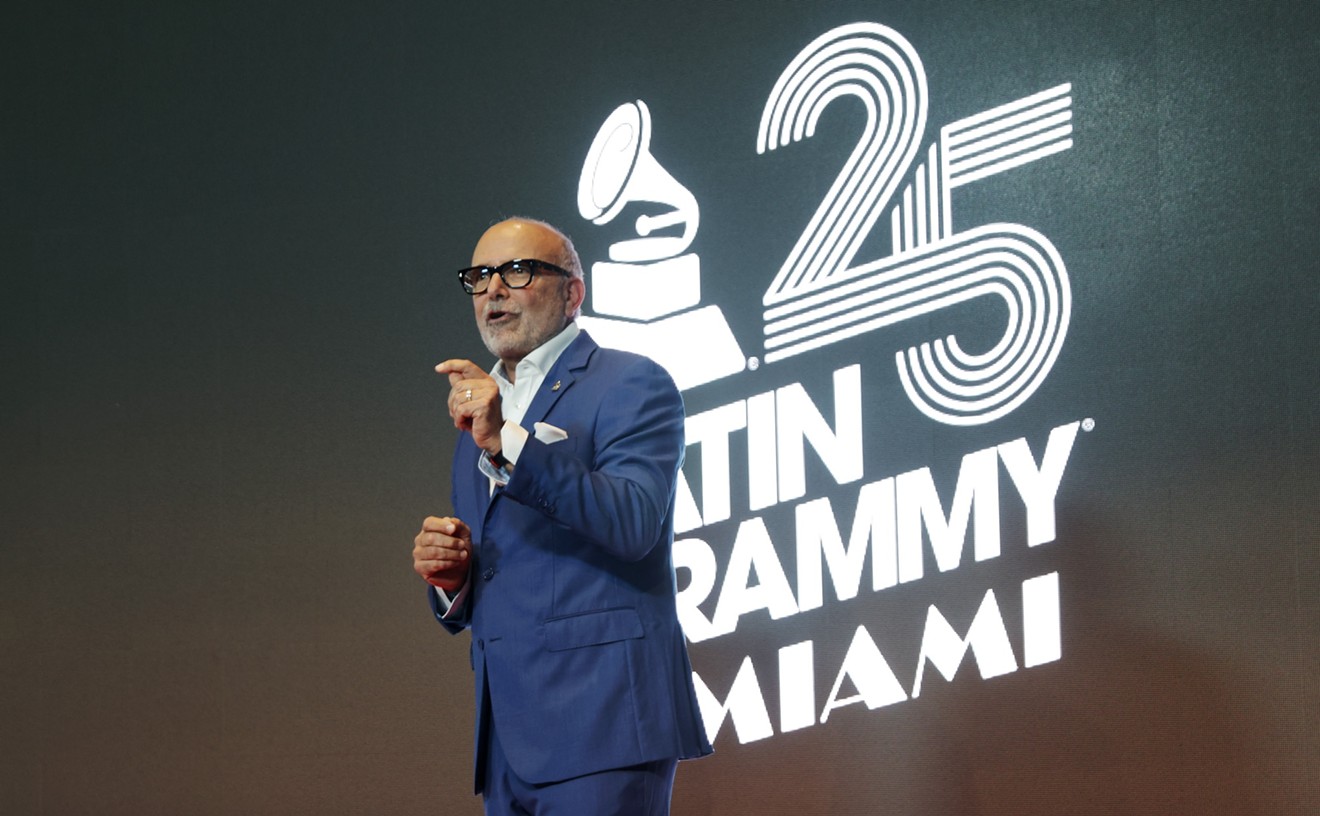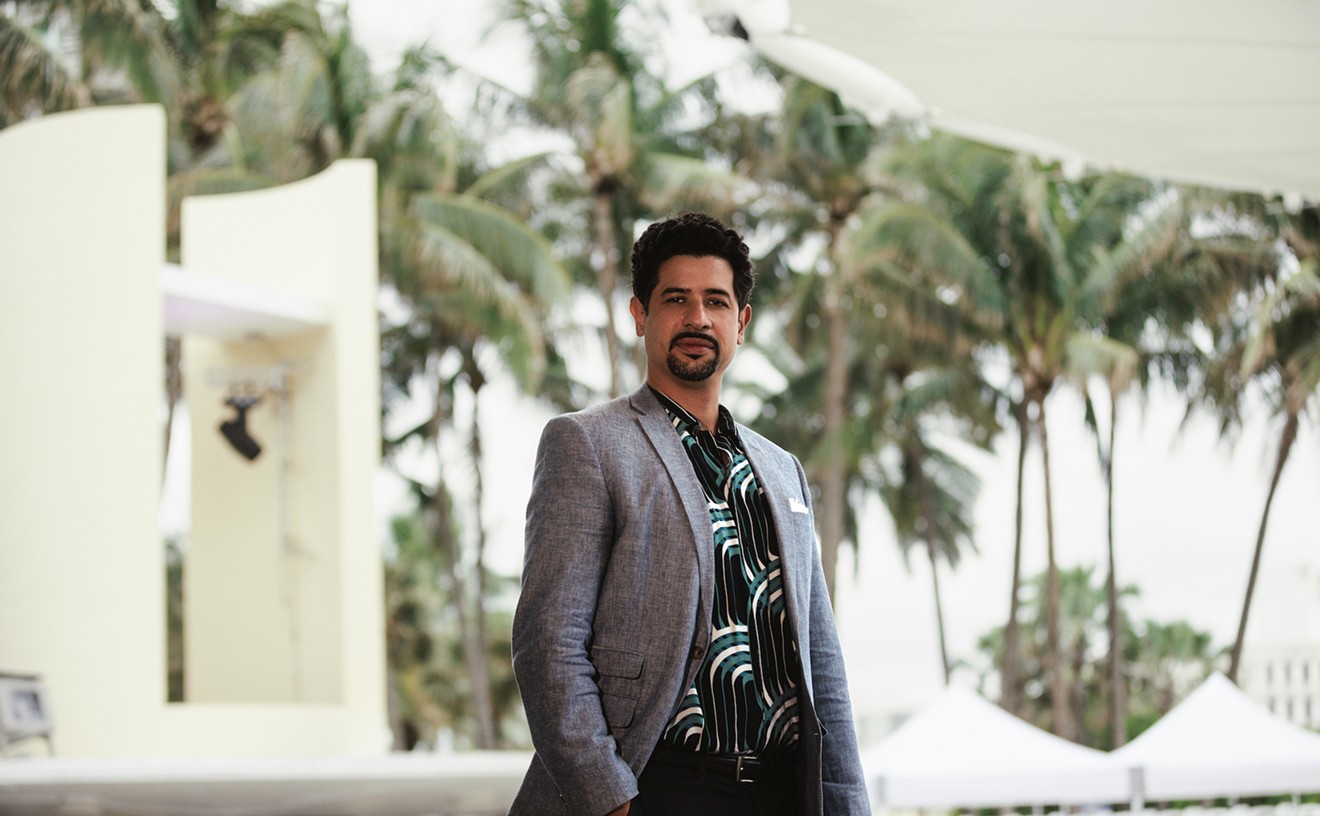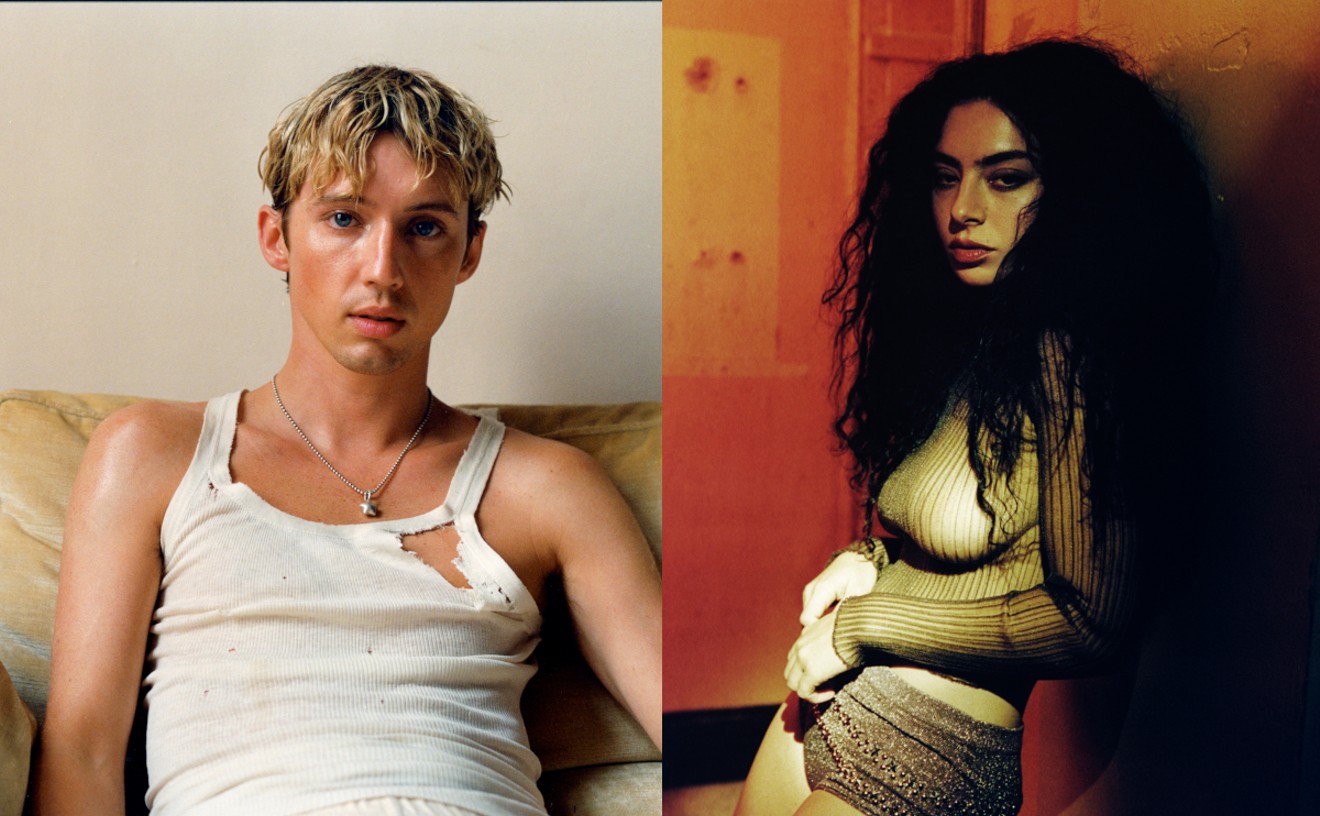"Suppose they gave a war and nobody came?" was a popular anti-Vietnam slogan and bumper sticker at the time, but this festival offered a new possibility: "Suppose they gave a concert and relatively few media outlets showed up?" That's basically what happened at Altamont when, in less than a week, the Stones, who were on tour promoting their Let It Bleed album, Woodstock promoter Michael Lang, and famed liberal San Francisco attorney Melvin Belli put together the now infamous concert. (To be fair, even though word rapidly spread, city officials only permitted the free show after the Stones' camp agreed not to announce it until 24 hours prior to the event.) Since that time there have been books and articles (one of those screwed-up-and-drugged-out-rock-stars-bring-us-healthy-ratings VH1 Behind the Music specials is probably forthcoming), but the best report of Altamont remains the full-length 1970 documentary Gimme Shelter, which was photographed and directed by the Maysles brothers (Albert and David) and Charlotte Zwerin. Yet even that didn't provide a full picture of what happened on that fateful day.
While a freshman at Diablo Valley Junior College in Concord, California, for two days a week I also was the rock-pop music writer at the ultraconservative local newspaper, the Oakland Tribune. At the time the nation took lightly the hippie mantra to "Never trust anyone over 30," yet the Tribune brain trust officially seemed to hate anyone under that age. Ex-Sen. William Knowland, the owner of the Tribune, also hated blacks, though he unwittingly gave the Black Panther Party national recognition via the print war he waged against the extremist political group. In retrospect the only reason I was hired was because of the growing worldwide popularity of Bay Area bands (the Jefferson Airplane, Grateful Dead, Santana, et cetera) and the fact that news about them sold papers. I also served another important function within the Tribune hierarchy: Whenever there was an editorial need for someone to go to the Black Panthers headquarters, I became the designated white guy; after all, I'd probably be the paper's least missed hostage.
One day, a couple of weeks prior to the Stones show at the Oakland Coliseum, I received a press release in the mail (Yes, Virginia, there was a time when cell phones, fax machines, and personal computers did not exist) announcing that they were coming to the Bay Area.
Calling the phone number on the release, I was amazed to reach the home of singer Judy Collins, whose then-boyfriend Stephen Stills answered. After a brief conversation, he asked if I wanted to speak with Mick about the tour. Before I could even ask if he meant Jagger or Taylor (Brian Jones's recent replacement), the Stones' singer was on the phone with me.
The result was a long, funny, and fascinating conversation that became a Sunday entertainment cover story, resulting in the only compliment I ever received from my editor. Jagger expressed fears of being out of touch with Bay Area music fans, wondered if the band's greatest hits would still be appropriate to play in concert, asked jokingly if it was too late to join up for the sexual revolution in Berkeley, and was emphatic that he would not sing "Satisfaction" anymore after he turned 40.
When Jagger and company came to Oakland on November 9, 1969, to do a pair of concerts on the same day, the group met with a handful of writers "for a chat and tea" at their hotel. The baby-faced Taylor was shy and nervous; Keith Richards was engaging as he asked questions about the local bands; Charlie Watts was extremely polite; and Bill Wyman was surprisingly animated during casual conversation. Ever the student of commerce and graduate of the London School of Economics, Jagger mostly wanted feedback about whether the band had charged too much for tickets. No doubt this was the last time he would have concerns about the financial status of Stones fans.
Backstage during the Oakland shows, the Stones' mean-spirited road manager Sam Cutler seemed to clash with anyone and everyone, including legendary promoter Bill Graham. Cutler, who later would work with the Grateful Dead, apparently thought he didn't need Graham to put on the Altamont concert, which was in the planning stages. Thus the Bay Area's most respected and competent music figure kept his distance from an event he should have produced.
Even though the concert wasn't officially announced until the day before the show, the local radio airwaves regularly gave updates on the rumored concert's location as it was switched from Golden Gate Park to any big site where permits could be gotten in less than a week. On Saturday morning hippies were hitchhiking on the highway, cars were finding space on the dusty Altamont hillside, and makeshift vendors were hawking the drugs of fashion. In short this didn't appear much different than the many other free concerts that regularly sprung up around the Bay Area. People kept coming as Santana and Crosby, Stills & Nash opened the show while the sun was still shining. In the years since, there have been reports that the performers felt an ominous undercurrent earlier in the day, but all seemed right in the universe, at least near the stage, at that point.
And then came the Jefferson Airplane, the founding fathers, if you will, of the San Francisco psychedelic scene. During their set lead singer Marty Balin suddenly jumped off the stage to help an African-American fan who was being harassed by a Hell's Angel. The drunken Angel then turned around and punched out Balin, knocking him unconscious. Suddenly it dawned on almost everyone near or on the small stage that the Hell's Angels (who Cutler had hired with the approval of the Dead) were the security guards for the event. Granted the Stones had used Hell's Angels as guards during a free British concert in Hyde Park earlier that year, but there was a drastic difference between the Oakland chapter of the motorcycle gang and the more peaceful version in the United Kingdom. While the Angels had always been in line with the carefree Deadheads at Bay Area concerts (the Dead often were touted as the bikers' favorite band), Altamont was overflowing with college and high school kids who'd only seen the often violent bikers in films like Roger Corman's classic The Wild Angels.
As the Airplane quickly left the stage with a bloody Balin in tow, the sun began to set and the atmosphere suddenly seemed ominous. There was a feeling of panic in the crowd; the Angels' favorite weapon of choice at that point seemed to be pool cues. Other than wire-service reporters, scribes from the local newspapers, a Rolling Stone writer, and a few radio reps, there appeared to be an absence of media. (Today, by contrast, an event of this nature would easily have hundreds of television and print reps on hand, ranging from CNN to MTV to Entertainment Whatever.)
The Flying Burrito Brothers were setting up their equipment when I noticed Michelle Phillips, singer-songwriter of the Mamas and Papas, standing nearby on the stage. With her long blond hair, tight jeans, and sexy sparkling eyes, Phillips looked like the all-American California girl. Practicing good investigative journalism, I ventured onto the stage -- which was very low, almost a platform -- and began asking Ms. Phillips questions. She was kind enough to placate my boyish charm without ever asking me why I obviously was too nervous to remove the notebook from my shirt pocket.
My fantasy was abruptly interrupted, however, when a Hell's Angel grabbed Phillips and tried to throw her off the stage. Yanking her arm back, the forceful Phillips pointed at Burrito Brother Gram Parsons, angrily shouting that he was her boyfriend and his band would cut out if "you assholes don't disappear." After a brief pause, long enough for me to see my life flashing before my eyes, the burly Hell's Angel looked down at the still defiant Phillips and said, with gruff respect: "You got big balls, little lady!"
Besides my instant commitment to never write anything negative about Ms. Phillips for the rest of my career, I started to realize this "concert review" had potential to become a major news story. The only problem was the nearest phone was miles away and leaving the area would most likely mean missing the Stones, who were due onstage after the Burrito Brothers.
As other Hell's Angels decided to play policemen -- an irony that would become a deadly omen -- they began shoving everybody offstage who didn't look like a member of the Stones or the Dead. Things were definitely turning violent. Greg Rollie, then the organist with Santana, and the band's conga player, Michael Carabello, suddenly picked me up by each arm and lifted me into their equipment truck, which was parked adjacent to the small makeshift stage. They quickly shut the doors, and the three of us quietly sat in the truck for more than an hour, mumbling a curse when the threats of the Hell's Angels aimed at the crowd outside became too loud to ignore.
Santana -- like the Airplane, the Dead, and Big Brother & the Holding Company -- had helped create the music-love-peace vibe that was now slowly, violently being aborted outside the door. "We have met the enemy, and he is us" was a mantra repeated by one of the kind, concerned Santana members inside the truck.
When the Stones finally came on late that evening, it had grown dark and cold, but the crowd greeted the band with an enthusiastic roar. The Angels suddenly shifted their attention from the few people, myself included, standing at the back of the stage to the student and hippie types moving toward the front.
There's a shot in Gimme Shelter in which a Hell's Angel stares intently at Jagger, who was wearing a scarf, purple tights, and what appears to be a long, extended T-shirt. The Angel's expression indicated that Jagger actually was the person he'd like to beat up ... or worse. (Comments including the word "faggot" were overhead, if memory serves well.) Watching the other Angels hovering around the stage, it soon became apparent that few of them had ever heard the Stones' music before.
Meanwhile Jagger was having a difficult time getting his rhythm. Being closest to the crowd (almost eye-level, thanks to the small stage) he could see the Angels shoving and confronting people. After pleading a couple of times for the people to "Be cool, brothers and sisters," Jagger was surprised to be confronted not by an Angel but by an bandmate. Keith Richards poked his finger hard in Jagger's chest and shouted: "Just keep singing and dancing 'cause that's what you're here to do!" Then Richards pushed the stunned singer aside, grabbed the microphone, and yelled to the crowd: "Cool it or you ain't gonna hear no more fuckin' music!"
The Stones performed "Under My Thumb." At that point Meredith Hunter, the eighteen-year-old black man who was stabbed by a Hell's Angel near the front of the stage, probably was already dead. Jagger launched into spirited performances of songs like "Midnight Rambler" and "Sympathy for the Devil," never looking back at his fellow Stones, who just picked up the pace and registered no additional emotion about the chaos in front of them.
Few people know or remember that the Grateful Dead were scheduled to perform after the Stones that December night. Standing next to me at the back of the stage were Dead guitarist Bob Weir and bassist Phil Lesh. As we talked the three of us didn't yet realize that someone had been killed about 30 feet in front of us. Nevertheless we suspected something was wrong, based on the looks on people's faces.
"It's over, man. It never should have gotten to this," Lesh said, shaking his head in anger, as Weir briefly dropped his head in sadness. They left before the show ended, walking past the band's equipment and two Hell's Angels (who didn't seem to recognize them) standing near the stage.
The Tribune, like the other Bay Area newspapers, had planned to run front-page news stories from the wire service reports about Altamont, but the next day, I got my first front-page byline on a news event for the ages. People were already calling it "the death of the '60s," and it had to do with more than just the end of a decade. Throughout the years the people who claim to have been at Woodstock have increased to the point where it appears everyone in the nation under age 30 was there. But even though Altamont reportedly attracted 300,000 fans, few, if any, ever brag of their presence at Altamont, which came to be known as "the hippie apocalypse."
The following year Jagger allegedly approached Bill Graham with a plan to perform a series of concerts at Winterland in downtown San Francisco. The Stones wanted Graham to produce it. There's little doubt Graham saw this as an attempt by the band to get back into his good graces and accepted their "apology," something the band never offered to people in the Bay Area.
During the first show, I was sitting in the balcony, overlooking the stage in a secluded section reserved for Graham's guests. During Stevie Wonder's opening set, I spoke briefly to Jerry Garcia about Altamont and, in essence, the bad karma the Stones had created with this show. When the concert ended, I asked Garcia if he thought the Stones had redeemed themselves to their Bay Area fans. Not wanting to get into yet another karma conversation with a writer, Garcia simply replied with the briefest of smiles: "Sometimes payback is not enough." Little did we know that the karma was basically to continue: Even Woodstock had simply been a precursor to stadium concerts, corporate tour sponsorships, videos, and photo/interview approval. It was an egg to the musical chicken for upcoming generations. No more phoning a number on a press release and getting Mick Jagger on the phone.










